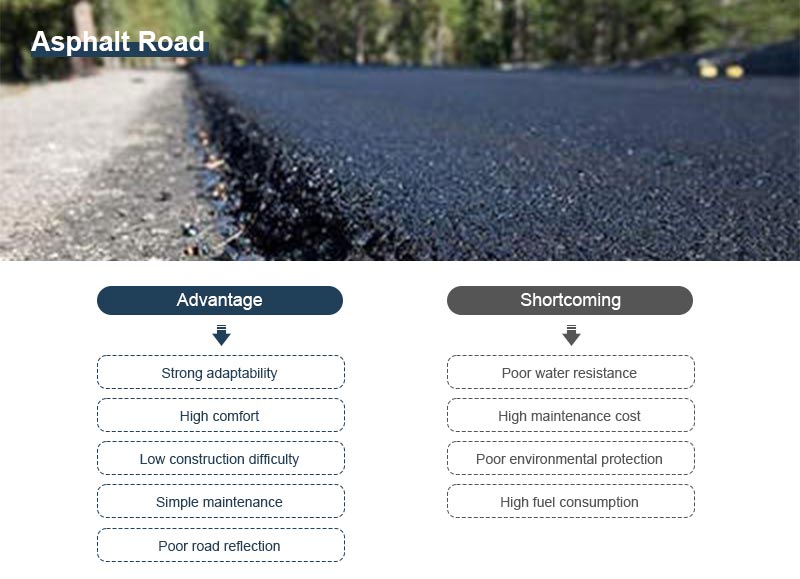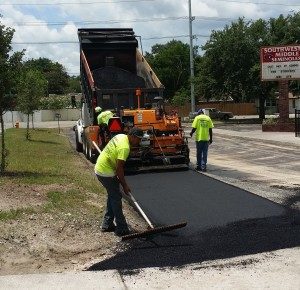How A1 Professional Asphalt & Sealing Llc can Save You Time, Stress, and Money.
How A1 Professional Asphalt & Sealing Llc can Save You Time, Stress, and Money.
Blog Article
A1 Professional Asphalt & Sealing Llc - An Overview
Table of ContentsThe Main Principles Of A1 Professional Asphalt & Sealing Llc A1 Professional Asphalt & Sealing Llc Fundamentals ExplainedGetting The A1 Professional Asphalt & Sealing Llc To WorkA1 Professional Asphalt & Sealing Llc Can Be Fun For EveryoneHow A1 Professional Asphalt & Sealing Llc can Save You Time, Stress, and Money.

The oil in an automobile engine is not just oil. It includes a selection of additives to enhance the car's efficiency. These include polymers, thickness modifiers, heat stabilizers, added lubricating substances, and put on additives. The REOB includes all the additives that were in the waste oil as well as the wear steels from the engine (primarily iron and copper).
Nonetheless, by making lots of blends using various REOB samples and various asphalt binders, the variants largely can be averaged out. Numerous States supplied examples of known REOB structure to TFHRC scientists, who evaluated the samples to contrast the percentage of included (recognized) REOB to the found (examined) amount. The evaluations showed a similar portion of added and located REOB.
The 6-Second Trick For A1 Professional Asphalt & Sealing Llc
None of those States understood that the asphalt they were purchasing consisted of REOB. One State insisted its examples had no REOB - https://truthful-heron-jjppp1.mystrikingly.com/blog/a1-professional-asphalt-repairs-paving-excellence-in-st-louis.
Of the 1,532 samples checked, 12 percent included REOB, and some contained appreciably high degrees of it at 1020 percent. The highest degree was 34 percent in a sample from Texas, which TxDOT had actually used in a patching compound. This testing also revealed the presence of phosphoric acid in 11 percent of the examples, and 2 percent consisted of ground tire rubber.
2 years earlier at TRB's annual meeting, the Federal scientists held an REOB workshop and presented the findings of their laboratory assessments to a standing room-only group. Some agencies do not especially ban REOB, they do enforce physical examinations that preclude its useeffectively a restriction. Others do not prohibit it by specification, however have contracts with asphalt vendors to prevent making use of REOB
Some Known Factual Statements About A1 Professional Asphalt & Sealing Llc
A handful do allow REOB, some within particular restrictions. Ohio and Texas limit degrees to less than 5 percent of the asphalt. To create a trusted test method that all States can make use of, the TFHRC scientists set up a round-robin test plan. The participants are 11 State freeway companies (Illinois, Massachusetts, Minnesota, Mississippi, Montana, North Carolina, Oklahoma, South Carolina, Texas, Vermont, and Wyoming), 2 independent screening laboratories, the Ministry of Transport in Ontario, Queen's University in Ontario, and an Ontario paving contractor.
In total amount, the scientists prepared and delivered 720 blends. The individuals are evaluating the samples separately utilizing the standards provided by the TFHRC researchers. The round-robin testing is virtually finished, and TFHRC remains in the procedure of gathering the results. The outcome will certainly be a suggested AASHTO examination technique that any State can take on and use (what is cold asphalt?).
The sidewalk with REOB, which is located 0.6 mile (1 kilometer) from the sidewalk without REOB, has the same subgrade, website traffic thickness, and climate. Nonetheless, the section of Highway655 with 5 to 10 percent REOB showed substantial cracking. In this example, the visibility of REOB was the identified cause of splitting at a low temperatures.
"In our experience in copyright, also small amounts of 23 percent can be a trouble." An area of test sidewalk in Minnesota (MN1-4) discovered to consist of REOB likewise fractured too soon. The pavement executed well for the very first 3 to 4 years, but after that started to fracture. This sidewalk is also based on low temperatures.
Some Known Questions About A1 Professional Asphalt & Sealing Llc.
The examinations were not substantial, yet they showed that at degrees of 6 percent or more, the tensile strength of the asphalt dropped considerably. At a degree of 3.5 percent REOB, the variation in the physical test techniques was more than the impact of REOB. It was challenging for researchers to examine whether REOB was present. https://canvas.instructure.com/eportfolios/2864493/Home/A1_Professional_Asphalt_Repairs_Paving_Excellence_in_St_Louis.

One binder criterion considered is the difference between the low temperature level critical spec temperature level for stiffness (S) in the bending beam of light rheometer and the bending beam rheometer creep incline (m-value) kept in mind as Tcritical. TC = TC visite site (S) TC (m-value). Evaluation of this parameter is still continuous. 2 independent research study groups, one from AASHTO and the other from the Asphalt Institute, wrapped up that more research is required on making use of REOB in asphalt.
Formerly, all asphalt testing determined engineering buildings such as tightness. These tests do disappoint what materials had been contributed to the asphalt. One example gotten during the TFHRC research study had a really unusual evaluation. The sample had the following test results: Superpave PG 64-28 with a heat quality of 67.3 Tcritical on the bending light beam rheometer was 6.7 degrees Celsius.

Our A1 Professional Asphalt & Sealing Llc Statements
These outcomes demonstrate there are weak points in the standard design screening protocols that may be made use of. The manufacturer might have a financial advantage and the product passes all the standardized tests, but the item may not be advantageous to making certain long-lasting efficiency. To resolve this problem and the expansion of new asphalt additives and extenders, TFHRC is starting a study program to utilize handheld spectroscopic tools, x-ray fluorescence spectroscopy, and Fourier change infrared spectroscopy to make it possible for evaluations to be carried out in the area instead of having to take samples back to the laboratory.
Report this page